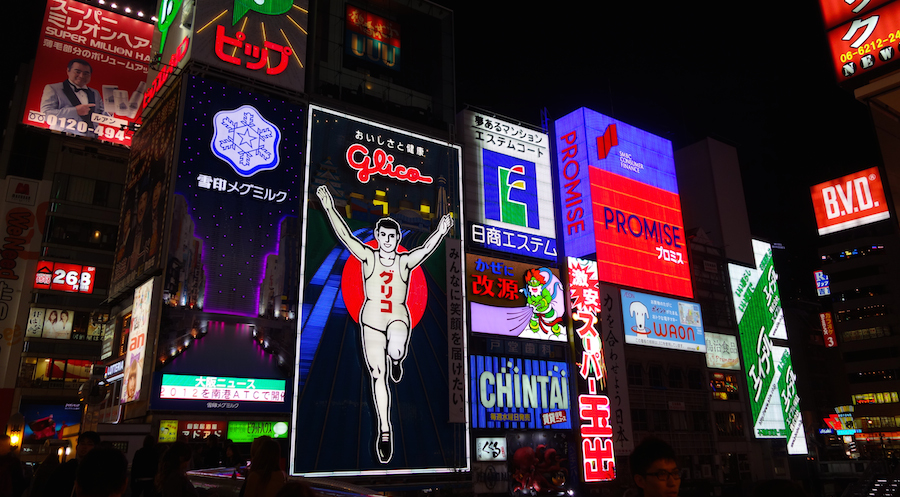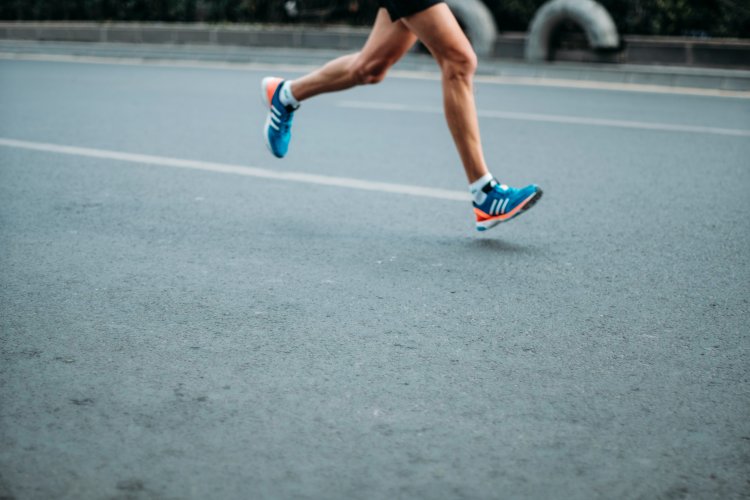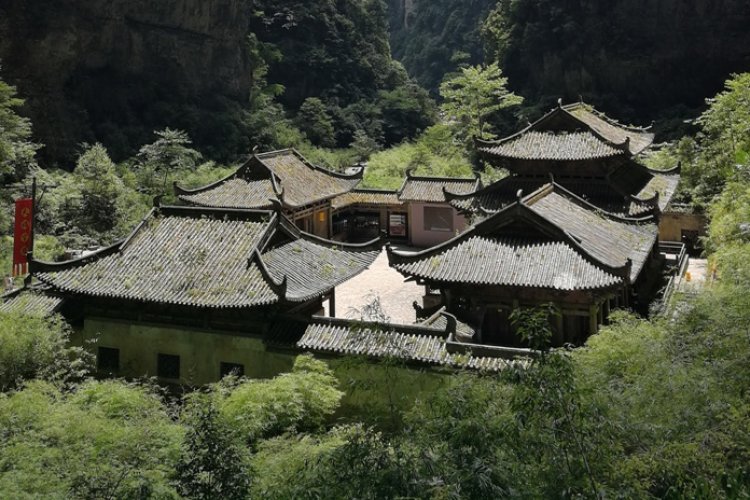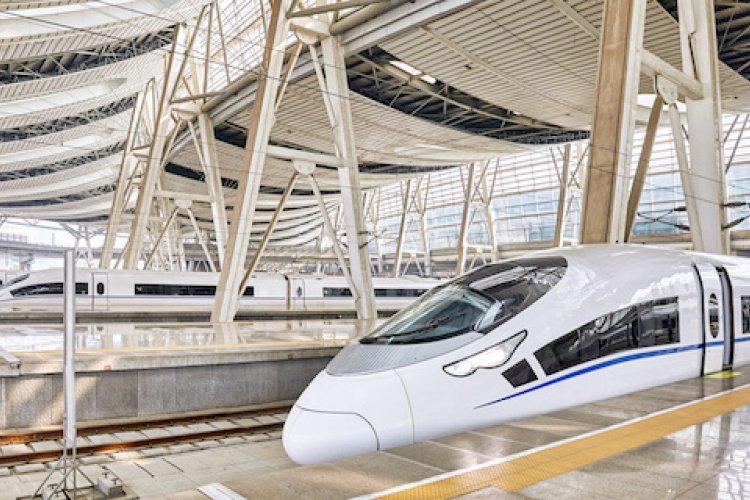Osaka: The Best Place to Eat in Japan? Let Your Tastebuds be the Judge
Although it is the second or third largest city in Japan, depending on which metric you go by, Osaka doesn’t make it onto the itineraries of as many tourists as Japan’s other megacity, Tokyo. As a result of comprehensive bombing during World War II, Osaka is a mostly modern city (even its castle is a concrete reconstruction) but its bustling commercial character and outstanding food makes for a welcome break from the historical sites of nearby Kyoto.
ANA, JAL, and Air China all offer direct flights to Kansai International Airport, 38km southeast of Osaka. The flight takes around three and a half hours, the perfect length for a weekend break.
What to do
Osaka might lack the typical selection historical sites many people visit Japan for, but that doesn’t mean there isn’t anything to do. Historically a mercantile city, Osaka has kept up that reputation with some of Japan’s best high street shopping. The Shinsaibashi area in particular offers fast fashion from local and international brands. Visitors to Japan can enjoy tax-free shopping on purchases over JPY 10,000 and some shops even offer an extra discount for UnionPay users, making Osaka an understandably popular destination for Chinese tourists. Note that you will have to present your passport with your receipts at customs at the airport.

At the end of Shinsabashi's pedestrianized shopping street you'll find one of Osaka's most recognizable sights – the Glico Man (pictured at top), a giant neon sign originally installed in 1935 to promote Glico candy. The current sign is the sixth incarnation, and has changed from neon to LED.

For a break from the retail madness, head to Osaka Aquarium Kaiyukan, one of the largest aquariums in the world. The main attraction is a 30-feet-deep tank containing two young whale sharks, among a myriad of other sea creatures from around the Pacific Ocean. Well worth the JPY 2,300 admission fee.
Where to stay
Since you’re probably going to be spending most of your time in Osaka eating and shopping, it makes sense to be near the eating and shopping areas. Located right in the thick of it, Hotel Monterey Grasmere Osaka (rooms from JPY 24,000 per night) is a good option for a standard business hotel. There are also many international chains such as Swissôtel and Best Western in this area. Osaka is just a 13-minute Shinkansen ride away from Kyoto, so it is also feasible to tack an afternoon/evening visit on to a stay there.
Where to eat
Tokyo might claim to have more than 100,000 restaurants, but Osaka still has a reputation as Japan’s best place to eat, drink, and party. They even have a specific word for it – kuidaore, or “eat yourself to ruin.” Local Osaka specialties include takoyaki, okonomiyaki, and battera (a type of mackerel sushi, pressed into a square shape), all of which can be sampled in bustling, pedestrianized Dōtonbori.
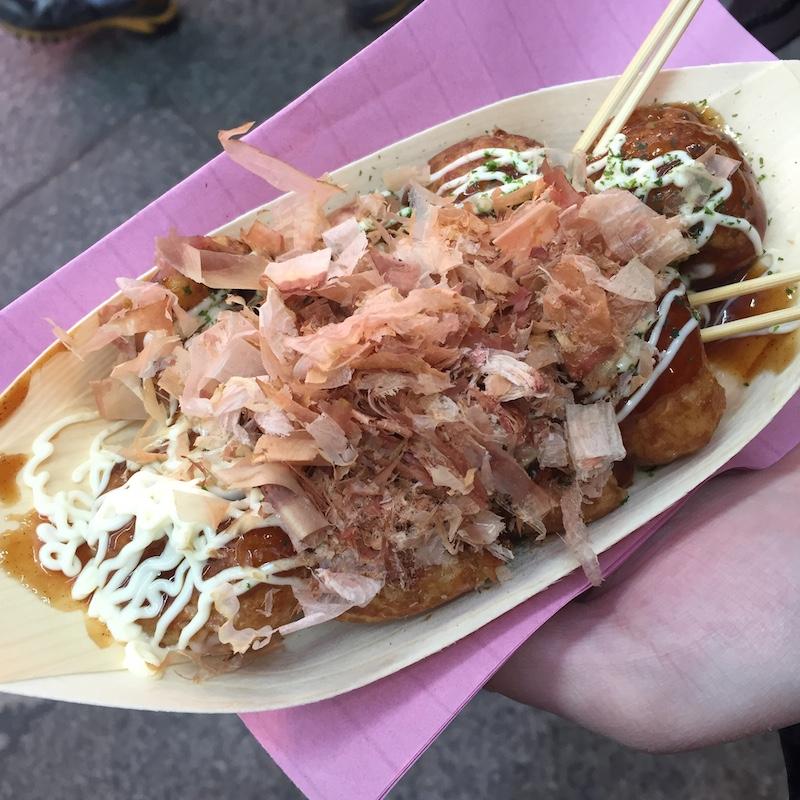
You can also try the above dishes at Kuramon Ichiba, a covered food market east of Dōtonbori, along with wagyu beef skewers, fresh sushi, grilled shellfish, and much more. This is a great way to sample lots of different dishes, made with incredibly fresh ingredients, at reasonable prices, while also stocking up on some edible souvenirs.
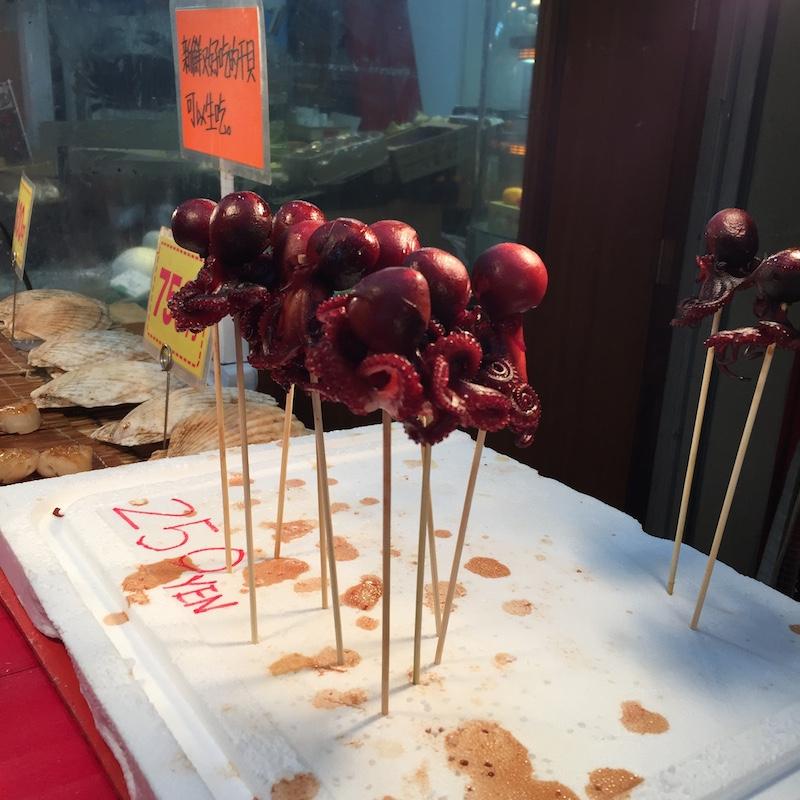
With such a reputation for good food, it will come as no surprise that there are over 90 Michelin-starred restaurants in Osaka. For a truly memorable Michelin dining experience, visit three-starred Fujiya 1935. Helmed by Spanish-trained Tetsuya Fujiwara, the restaurant serves creative tasting menus (dinner from JPY 15,000 per person) fashioned from ingredients from all over Japan.
When you've finished eating/shopping, the area around Shinsaibashi and Namba station offers plenty of options for liquid libations, such as The Hub (an English-style pub) and Little Long Beach, run by a long-term expat. The area just south of Osaka JR station, known as Kitashinchi, also has plenty of bars, including friendly, backpacker-style bar Captain Kangaroo, which also has a daily happy hour, 5-8pm.
Heading to Japan? You'll also want to take a look at Robynne's guides to Tokyo and Kyoto.
More stories by this author here.
Instagram: @gongbaobeijing
Twitter: @gongbaobeijing
Weibo: @宫保北京
Photos: Thomas Chung (Flickr), Robynne Tindall

